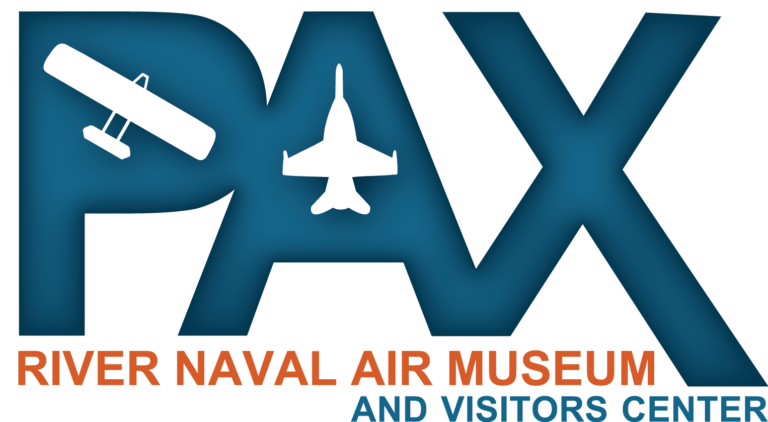
IMAGING AND TARGETING TECHNOLOGY
This gallery, located in the Flight Technology Hall, tells the story of naval aviation’s use of various camera systems to gather tactical information needed to make targeting decisions (i.e., getting a weapon to impact the target as closely as possible). Modern FLIR and laser targeting systems, some displayed in our museum, are very accurate and are able to put a weapon directly on a very small target with ease from a fast-moving aircraft.
We have put a variety of systems developed over the years on display to show the progression from older technology to some of the latest systems.
Tactical Airborne Reconnaissance Pod System (TARPS)
Developed in the late seventies for the F-14, in use until the F-14’s 2006 retirement. Original “wet film” suffered from harsh environments and long developing time. Some systems could carry 2,000 ft of 36” negatives. Our pod is a TARPS-CD, completely digital system developed in the nineties.
TARPS-CD could transmit images in flight for rapid intelligence turn-around.
KA-58A Panoramic Camera RA-5C Vigilante
The KA-58A is a high-altitude side looking horizon to horizon camera that features twin prisms and twin 18-inch focal lengths lens.
Images are made by a prism scanning technique wherein rotating prisms associated with lenses and mirrors reflect the scene image onto film.
Cameras for the TARPS-CD Pod
KS-87B Serial Frame Film Camera was installed at the nose of the TARPS pod. It was used at low to medium altitudes. It used 2 position cameras: forward along flight path oblique (16 degrees down), and vertical below aircraft. Shutter type is focal plane.
CA-263 Serial Frame EO Camera was installed in the TARPS-CD pod with a digital camera which replaced the KS-87B film camera. Shutter type is focal plane.






